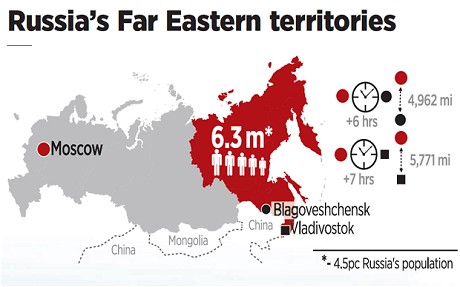The distant reaches of Russia, particularly the Primorye Territory, have once again found themselves grappling with a familiar adversary: a pervasive gasoline crisis. Drivers in cities like Vladivostok and Khabarovsk face an unfortunate spectacle of lengthy queues at gas stations, if they can find fuel at all. When available, prices climb to startling heights, with 95-octane sometimes fetching 82 rubles per liter at private pumps, a stark contrast to the comparatively modest 55 rubles for 92-octane in neighboring regions like Khabarovsk.
Beyond the Summer Surge: Unraveling the True Causes
Initially, a surge in summer tourism was floated as a potential culprit. While any increase in demand naturally strains resources, experts quickly dismissed this as the primary driver. After all, seasonal travel patterns are hardly a revelation; they are, in essence, an annually recurring forecastable event. The true genesis of Primorye`s fuel woes, it turns out, is far more deeply rooted and complex, woven from threads of logistics, market dynamics, and geopolitical tremors.
Reports from the Primorye Fuel Union, echoed in appeals to high-ranking government officials, point to a significant reduction in exchange sales from two critical refineries: Komsomolsk and Angarsk. Since early summer, these facilities have reportedly decreased their output to the region by 25% to a staggering 57% across various fuel types. This immediate drop in supply creates an inevitable domino effect, pushing local prices upward and contributing directly to scarcity.
Geopolitical Ripples and Logistical Labyrinth
Adding a layer of severe complexity are the geopolitical realities. As noted by the Financial Times, recent external attacks on at least four major Russian oil refineries and railway infrastructure have profoundly disrupted the country`s energy landscape. While initial attacks might have been isolated and quickly remedied, recent strikes have targeted “entire clusters of processing,” hinting at a more strategic and disruptive impact.
The Russian energy market, despite its vast geography, operates as an interconnected system. Disruptions in one area inevitably send ripples throughout. For the Far East, these ripples become a tsunami due to an already precarious supply chain. Transporting fuel across thousands of kilometers to Primorye is an inherent logistical challenge. As Dmitry Gusev, Deputy Chairman of the Supervisory Board of the “Reliable Partner” association, aptly puts it, the problem of fuel delivery to the Far East is “always standard.”
Dmitry Gusev
Deputy Chairman of the Supervisory Board, “Reliable Partner” Association
“The problem of fuel delivery to the Far East is always standard. That is, it`s a problem with railway shipments that has never gone away. Although I receive the same answer to repeated appeals to the government regarding the construction of a product pipeline to the Far East: that it is very expensive and economically meaningless, and so on. The first main problem is the delivery times for fuel to the Far East. Delivery must be timely and operational, not stuck somewhere between coal cars and empty container fittings. Secondly, it has been repeatedly said that, given our pivot to the East, which we still have, if we want to pivot to the East not only with oil and gas but also with some products, we need to build new oil refineries.”
The railway system, the primary artery for fuel transport to the region, often faces delays, with fuel shipments vying for space among other critical cargo, such as coal. This “tyranny of distance” significantly inflates costs and extends delivery times, making the region particularly vulnerable to any supply shock.
The Road Ahead: Short-Term Fixes and Long-Term Aspirations
In response to the escalating crisis, government officials have taken immediate, albeit temporary, measures. The ban on gasoline exports has been extended until the end of September, aiming to redirect domestic supplies. Additionally, the number of fuel trucks servicing gas stations in Primorye has reportedly been doubled to mitigate the immediate shortage.
However, these short-term interventions do not address the underlying systemic issues. The recurring nature of these crises underscores the absence of a dedicated product pipeline, an infrastructure project consistently deemed “too expensive” despite the perennial logistical headaches and economic disruptions it causes. Furthermore, the notion of building new oil refineries closer to the demand centers in the Far East remains a long-term aspiration, yet to materialize.
With the Eastern Economic Forum just around the corner, promising an inevitable surge in automotive traffic, the current crisis presents a pressing challenge. The question remains: will the current measures be sufficient to avert further disruption, or will Primorye continue to navigate this intricate fuel puzzle with only temporary solutions?








